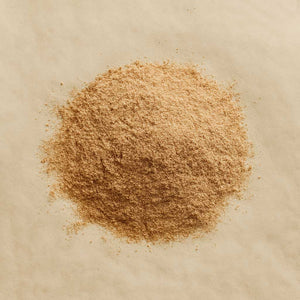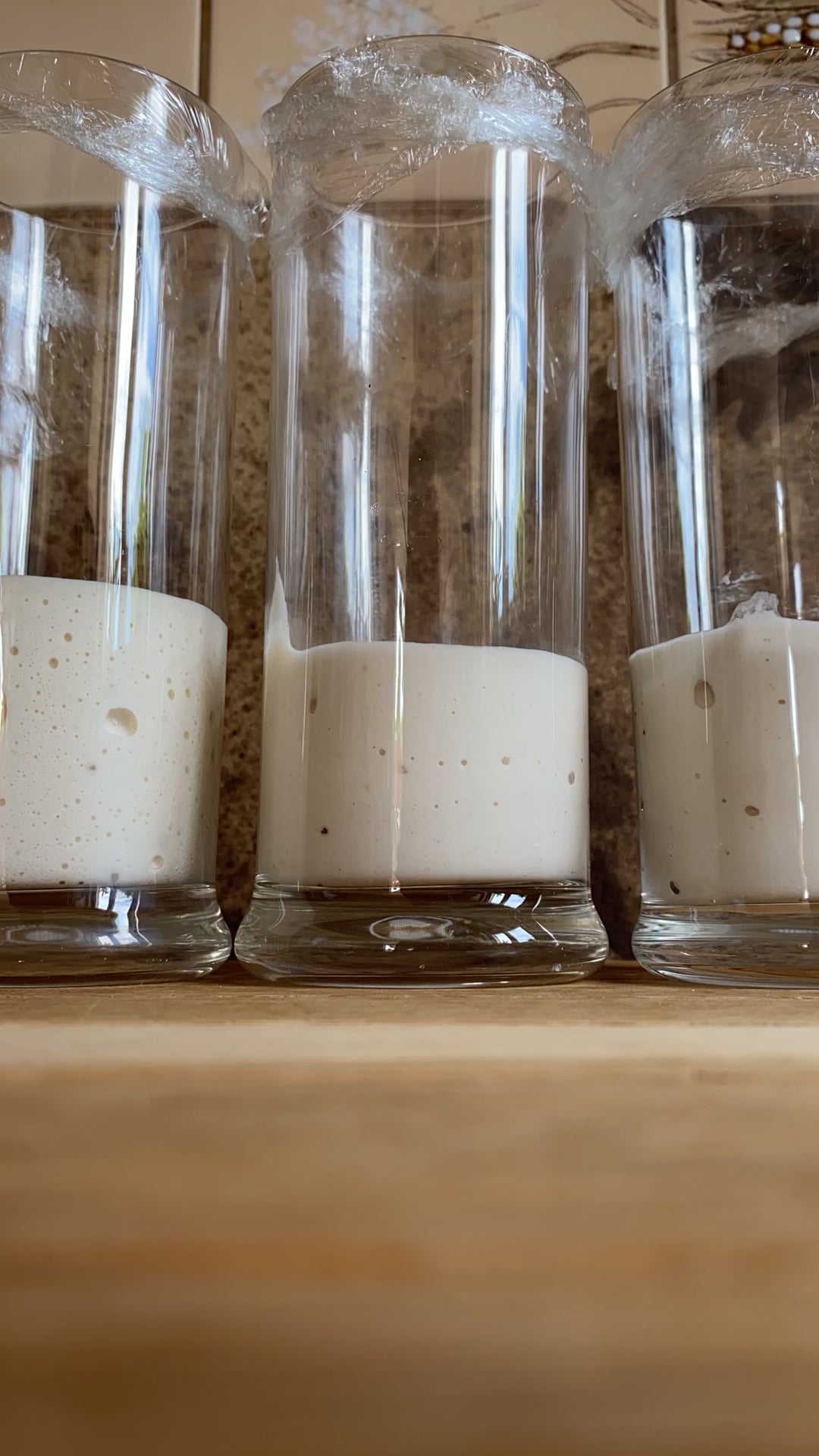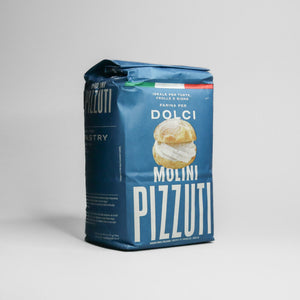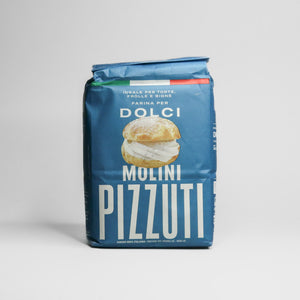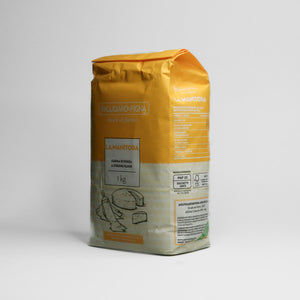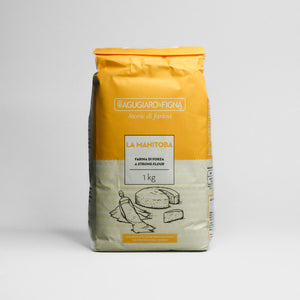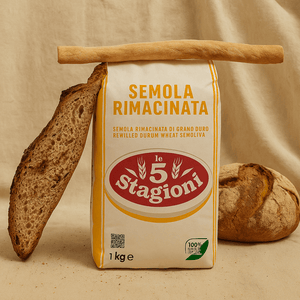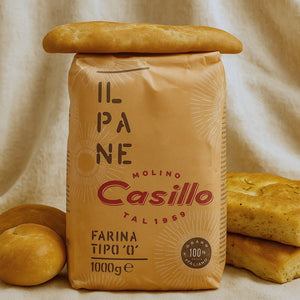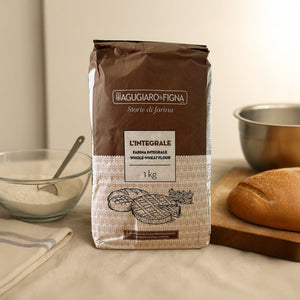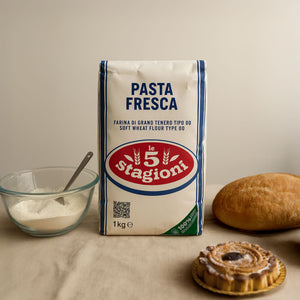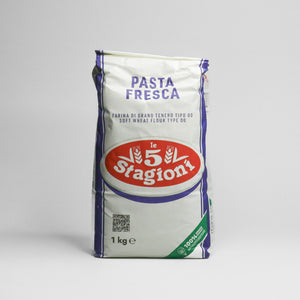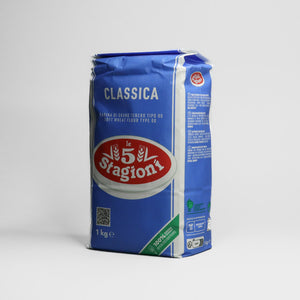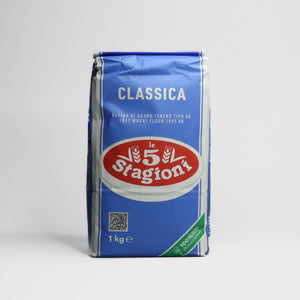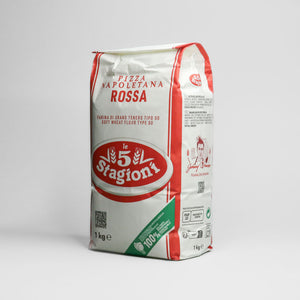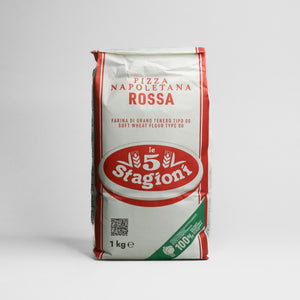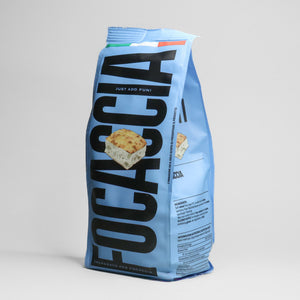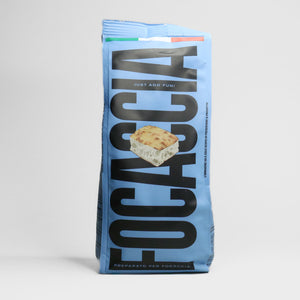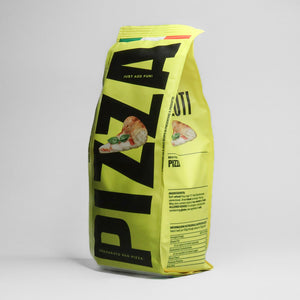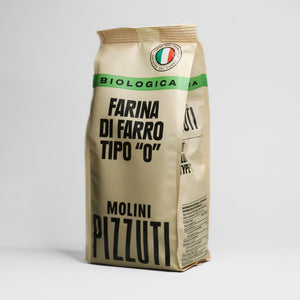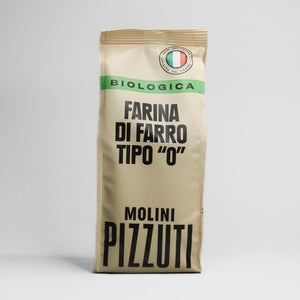Dough won't rise? Here are 8 reasons why dough won't rise
Jul 02, 2025
Who hasn't experienced unleavened dough? Instead of freshly baked bread, you have a pancake made from dough that won't rise. Don't worry - it's a really common problem , but it doesn't have to mean the end of your baking endeavors.
In this article, you will learn the most common reasons for unrisen dough and how to save it when it doesn't rise:
1. You are baking with yeast (sourdough) that is not in good condition and therefore the dough does not rise
If the dough doesn't rise, the first suspect in such a situation is the yeast . It should smell pleasantly sour, bubble, and grow rapidly when fed. If the dough hasn't doubled in size even after a few hours of rising, the yeast simply needs to be refreshed.
2. The dough doesn't rise because it's cold
This can cause the dough to not rise as it should. The ideal temperature for dough to rise is around 24 to 26 °C . In a colder room, the process will slow down and sometimes even stop.
The solution is simple – Wrap the bowl of dough in a blanket , put it in a warm place, or use the oven with just the light on. This will create a homemade proofing room.
![]()
Never place yeast dough on a direct heat source such as a heater or direct sunlight. This will overheat and dry out the dough, which will no longer rise as well.
3. You are overfeeding the yeast, which is why the dough does not rise.
A common mistake that I hear this in baking courses, especially for beginners. If you add too much water and flour to a small portion of yeast, the colony of healthy bacteria responsible for fermentation or leavening does not have time to grow. On the contrary, it weakens and therefore the dough does not rise.
![]()
Always monitor the ratio and temperature of the environment you store your yeast in. In the free e-book you will learn how to feed the yeast in detail and I assure you that the dough will rise like a poem .
4. The dough does not rise if you use the wrong flour
The flour is also an important factor. Not only the type, but also the manufacturer and the storage method. It can often happen that the flour you bought in the store may have been on the shelves or in the warehouse for too long. Unfortunately, the average person has no way of knowing this.
That's why it's always important to know where you buy your flour and whether the store stores it well . The type of flour and its composition also affect how well the dough rises and holds its shape.
Flour with a higher gluten content helps to leaven even strong yeast. You can determine the strength of the gluten by the higher protein content in the flour, from the nutritional values on the packaging (often under the name "protein"). The strength of the gluten can also be reliably recognized when baking by the fact that the dough holds its shape well , is elastic and rises.
In this article , you will learn which type of flour is best for certain types of baked goods. You would be surprised how the type of flour can affect a specific type of dough.
And if you want to be sure of good, high-quality flour , I recommend taking a look at our flours , which are imported from Italy and stored dry and at ideal temperatures.
![]()
If you're baking sourdough bread, use strong flour – ideally bread or whole wheat .
5. The dough doesn't rise because it hasn't had enough time.
When it comes to sourdough, it simply needs time. Depending on the type of sourdough, it can take up to 12 hours for the dough to rise properly.
6. Too much salt in the dough can cause the dough not to rise properly.
Too much salt slows down yeast activity.
![]()
Follow the recommended amount of salt, which is usually about 2% of the weight of the flour - and add it only after the flour and water have autolyzed, or rested.
7. Too much sourdough will cause the dough not to rise
If the dough with homemade sourdough rises too long, it means that the sourdough is too old or not very active. This will cause the dough to become too acidic, which will stop it from rising.
![]()
In this case, you need to restart the yeast by feeding it. If you don't know how to do this, I again recommend the e-book , where you will learn the clear basics.

8. The dough is over-kneaded or has a broken structure
Baking is a bit like chemistry. Kneading too long or too intensively can disrupt the gluten structure. The dough then loses its structure, becomes gooey, and has nothing to hold the gases from fermentation together. As a result, the dough does not rise, even if you have active yeast.
![]()
Use a lower speed and knead the dough in intervals – maybe two or three short bursts with a few minutes of rest in between. Once the dough is smooth and elastic, you’re done, and further kneading may do more harm than good.



